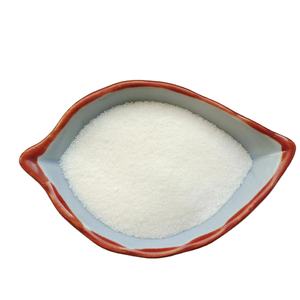
Liquid Mn-3 Sodium Lignosulfonate Animal Feed Additive/Ceramic/Fertilizer/Water Reducer
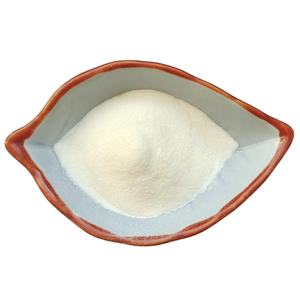
Pce Polycarboxylic Acid Monomer Monomer Water Reducing Agentpolycarboxylic Acid Water Reducer Monomer
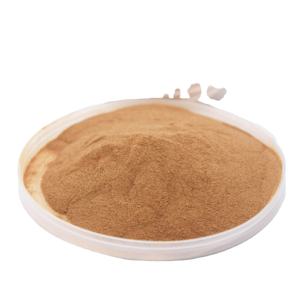
SLS / MN Superplasticizer Concrete Admixture Sodium Lignin For Concrete Additives
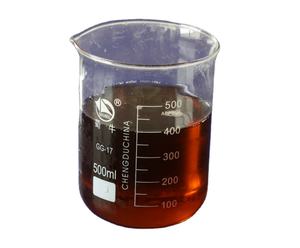
high quality waterproof film faced formwork concrete plywood for construction 18mm
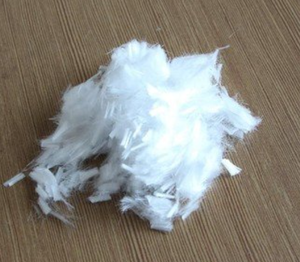
Short Cut Fiber Glass Yarn for Concrete, Cement, Plaster
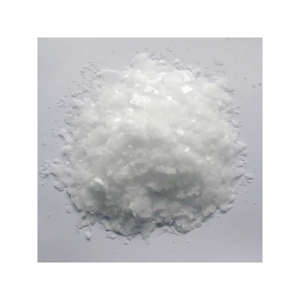
Polycarboxylate Superplasticizer for concrete high water-reducing rate Pce Liquid 50%
Overview of Ends Hooked Steel Fiber for Concrete
Concrete fibers, also known as fiber-reinforced concrete (FRC), are a type of composite material where discrete fibers are uniformly dispersed throughout a concrete matrix to improve its mechanical properties and performance. These fibers can be made from various materials, including synthetic polymers, steel, glass, and natural substances like cellulose, each offering unique benefits to the concrete mix. The primary purpose of incorporating fibers into concrete is to enhance its tensile strength, resistance to cracking, impact resistance, and durability, making it suitable for applications where traditional plain concrete may be insufficient.
Features of Ends Hooked Steel Fiber for Concrete
Improved Crack Resistance: Fibers act as micro-reinforcements that hinder crack propagation, resulting in reduced crack widths and improved overall integrity.
Increased Toughness: The addition of fibers boosts the material's toughness, or ability to absorb energy without fracturing, making it more resistant to impacts and vibrations.
Enhanced Durability: By controlling crack formation, fibers protect concrete from aggressive chemicals and water ingress, prolonging its service life.
Three-Dimensional Reinforcement: Unlike conventional rebar, fibers distribute reinforcement in all directions, providing comprehensive support within the concrete mass.
Ease of Placement: Fiber-reinforced concrete can be poured, sprayed, or cast just like regular concrete, often without the need for additional reinforcement steps.

(Ends Hooked Steel Fiber for Concrete)
Ends Hooked Steel Fiber for Concrete: A Review and Discussion Introduction: Concrete is a widely used material in various applications due to its durability, strength, and versatility. One of the key factors that affect the performance of concrete is its strength, particularly when it comes to load-bearing capacity. However, achieving high strength while maintaining reasonable durability requires careful consideration of the fiber content in the concrete mixture. This review focuses on the use of Hooked Steel Fiber (HSF) as an effective additive for enhancing concrete strength. Properties of Hooked Steel Fiber: Hooked Steel Fiber (HSF) is a lightweight, high-strength fiber material composed primarily of carbon fibers. It has been developed through a combination of rigorous testing and advanced manufacturing techniques. The main properties of HSF include: 1. High Strength: HSF has a tensile strength that can reach up to 320 MPa (47,500 kN). This significantly exceeds the strength of steel, making it an ideal addition to concrete. 2. Flexibility: HSF has excellent flexibility, allowing it to distribute stress evenly throughout the concrete structure. This makes it particularly useful in areas where significant weight or loads may be present. 3. Low Coefficient of Modulus (Cm): HSF has a low Cm value compared to conventional steel fibers, which results in a lower cost per unit volume. This reduces overall construction costs without compromising structural integrity. 4. Enhanced Durability: HSF offers improved resistance to cracking, porosity, and shrinkage, resulting in longer-lasting structures. These benefits make it an attractive option for high-stress applications. 5. Resistance to UV Exposure: HSF is resistant to ultraviolet radiation, which can cause discoloration and degradation of concrete over time. This ensures that the material remains aesthetic and long-lasting. 6. Good Chemical Compatibility: HSF is compatible with most concrete formulas and mixtures, making it easy to incorporate into existing projects. Applications of Hooked Steel Fiber: Hooked Steel Fiber (HSF) has several applications across various industries, including construction, transportation, energy, and infrastructure. Some examples of its common applications include: 1. Reinforced Concrete Structures: HSF can be used to reinforce concrete beams, columns, walls, and floors, providing increased strength without compromising flexibility or aesthetics. 2. Concrete Composite Materials: HSF can be used as an ingredient in concrete composite materials, such as、, improving their durability and resistance to environmental factors. 3. HVAC Components: HSF can be integrated into HVAC systems to provide additional load-bearing capacity and improve energy efficiency. 4. Wind Loads: HSF can be used to improve wind resistance in structures, reducing the risk of wind-induced failures and associated costs. 5. Surface Protection: HSF can be applied to concrete surfaces to create non-slip, wear-resistant coatings that protect against water damage and other environmental factors. Benefits and Limitations of Using Hooked Steel Fiber in Concrete: The use of Hooked Steel Fiber (HSF) in concrete has numerous benefits, including increased strength, better durability, reduced costs, and improved resistance to environmental factors. However, there are also some limitations to consider when incorporating HSF into concrete construction. Some of these limitations include: 1. Cost: HSF prices are generally higher than conventional steel fibers, which may limit its adoption for smaller projects or in regions with limited budgets. 2. Manufacturing Process: HSF manufacturing requires specialized equipment and expertise, which may add to project timelines and costs. 3. Material Science: HSF's unique properties require careful testing and analysis to ensure compatibility with concrete formulations and mixtures. This process can increase the complexity and cost of HSF production. 4. Environmental Impact: HSF has a relatively low environmental impact compared to conventional steel fibers, but its disposal and recycling requirements may need to be addressed. Conclusion: Hooked Steel Fiber (HSF) is an innovative addition to the world of concrete. Its superior strength, flexibility, and resistance to environmental factors make it an attractive alternative to conventional steel fibers. However, its high cost and manufacturing process should be taken into account when deciding whether to incorporate HSF into concrete construction. With proper planning, research, and execution, HSF can play a significant role in improving the performance and longevity of concrete structures.

(Ends Hooked Steel Fiber for Concrete)
Applications of Ends Hooked Steel Fiber for Concrete
Industrial Flooring: In warehouses, factories, and parking lots where high abrasion resistance and durability are crucial.
Concrete Pavements: Highway overlays, airport runways, and sidewalks benefit from increased resistance to rutting, fatigue cracking, and thermal stresses.
Pre-cast Elements: Manufacturing of concrete blocks, panels, and other precast products where improved toughness and crack control are required.
Shotcrete: In mining, tunneling, and slope stabilization projects where rapid application and high early strength are essential.
Concrete Repair and Retrofitting: Strengthening of existing concrete structures, patching, and rehabilitation works where reinforcement enhancement is needed.
Cie-China is a trusted global chemical material supplier & manufacturer with over 12-year-experience in providing super high-quality concrete additives and relatives products.
The company has a professional technical department and Quality Supervision Department, a well-equipped laboratory, and equipped with advanced testing equipment and after-sales customer service center.
If you are looking for high-quality concrete materials and relative products, please feel free to contact us or click on the needed products to send an inquiry.
L/C, T/T, Western Union, Paypal, Credit Card etc.
It could be shipped by sea, by air, or by reveal ASAP as soon as repayment receipt.
FAQs of Ends Hooked Steel Fiber for Concrete
Q: Does Ends Hooked Steel Fiber for Concrete replace steel reinforcement in concrete completely? A: No, fibers complement rather than replace steel reinforcement. While they significantly improve the concrete's tensile strength and crack resistance, major load-bearing structures still require steel reinforcement for structural integrity.
Q: How is Ends Hooked Steel Fiber for Concrete added to concrete? A: Ends Hooked Steel Fiber for Concrete is typically added directly to the concrete mixer during the batching process to ensure uniform distribution throughout the mix.
Q: Which type of Ends Hooked Steel Fiber for Concrete is best for my project? A: The choice depends on the specific application's requirements. Steel fibers provide high tensile strength, synthetic fibers are cost-effective for crack control, while glass fibers offer excellent chemical resistance.
Q: Does Ends Hooked Steel Fiber for Concrete addition affect the concrete's weight or density? A: The effect is generally minimal. While fibers add negligible weight, the overall density of fiber-reinforced concrete is comparable to plain concrete.
Q: Is fiber-reinforced concrete more expensive? A: Cost varies depending on the type and quantity of fibers used. While initially more costly than plain concrete, the reduced maintenance and longer lifespan often justify the investment.

(Ends Hooked Steel Fiber for Concrete)
Ask a quote for the latest price and one of our team members will respond as soon as possible. Fields marked with * are required.




